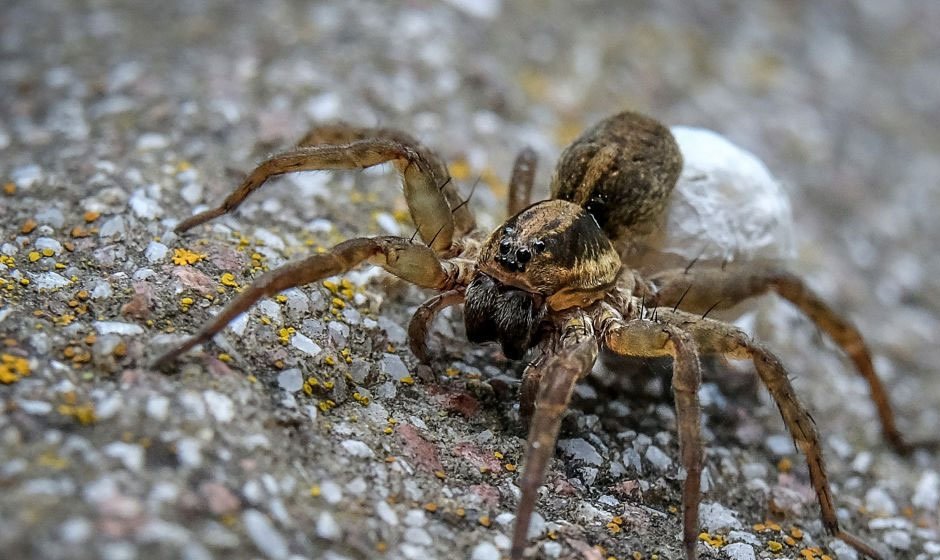Introduction
When it comes to the design and functionality of your home’s roof, understanding the distinctions between house eaves and roof eaves is crucial. In this article, we will delve into the various types of eaves, their purpose, and the potential drawbacks associated with roof eaves.
House Eaves: An Overview
An eave refers to the edge of a roof that extends beyond the exterior siding of a house. It comprises two essential components: the soffit, which is the underside of the roof’s eaves, and the fascia, a vertical facing board. House eaves not only serve practical purposes but also contribute to the aesthetic appeal of a dwelling.
Types of Eaves
Different architectural styles incorporate distinct eave designs to complement the overall look of a home. For instance, Craftsman-style bungalows often feature wide eave overhangs that expose the roof rafters. Dutch colonial homes boast gambrel roofs with flared eaves, while Victorian-style houses are characterized by their broad, overhanging eaves. Many houses incorporate decorative brackets or corbels on their eaves to add elegance or architectural interest.
Typically, there are three main types of eave styles employed by builders and architects:
- Closed Eave: This type involves an overhang with a finished soffit that conceals the underside of the eaves.
- Open Eave: An overhang with an exposed underside, revealing the rafters.
- Box Eave: This design includes an enclosed overhang with a soffit and ornamental molding that hides the rafters from view.
The Role of House Eaves
House eaves fulfill both functional and protective roles for a structure. They safeguard the siding and foundation of a home by directing rainwater and snow away from the walls and towards the ground. This prevents moisture damage and contributes to a drier basement. Moreover, in regions with hot climates, strategically positioned eaves can provide shade for interior spaces, reducing the heat entering the house. Additionally, eaves offer a discreet location for the installation of security cameras and lights on the soffits.
Fun Fact
Centuries ago, the term “eavesdrop” referred to the area under the eaves where rainwater dripped. It was believed that standing along the eavesdrop line allowed individuals to listen to conversations inside the house, eventually leading to the term “eavesdropper.”
Potential Drawbacks of Roof Eaves
While roof eaves offer numerous benefits, they can also attract pests seeking shelter. The extended overhang provides nesting opportunities for wasps, hornets, birds, and occasionally larger creatures like raccoons and squirrels. Birds, in particular, may build nests adjacent to the warm exterior of your home in the absence of a soffit. Even ventilation holes in the eave’s soffits can serve as entry points for bats and other unwelcome visitors.
To address these concerns, it is essential to maintain clean eaves and take preventive measures during routine home maintenance. Consider the following tips to ensure pest-free eaves:
- Spray mint essential oil around the eaves to deter mud wasps from nesting.
- Hang decoy nests beneath the eaves to repel wasps.
- Regularly remove spider webs from under the eaves.
- Replace broken or compromised soffit vents promptly.
- Repair any rotting fascia boards to prevent pest infestation.
By following these steps, you can keep your eaves free from pests and maintain their functionality and visual appeal.
In conclusion, understanding the distinctions between house eaves and roof eaves is crucial for homeowners. House eaves not only contribute to the overall design of a home but also serve practical purposes such as protecting the siding and foundation, directing water away from the walls, and providing shade in hot climates. However, it’s important to be mindful of potential pest issues that can arise with roof eaves. By implementing preventive measures and conducting regular maintenance, you can ensure that your eaves remain pest-free and continue to enhance the beauty and functionality of your home.
Remember, eaves are an essential component of your roof, and taking care of them will contribute to the long-term durability and integrity of your house.



